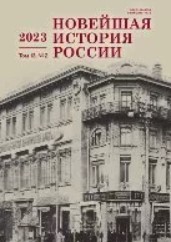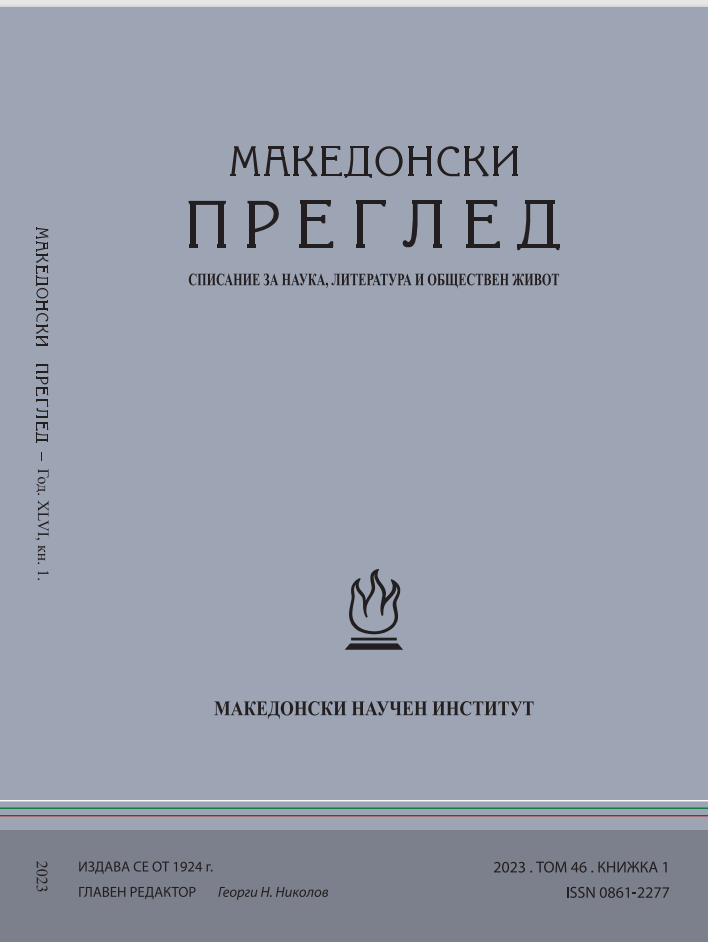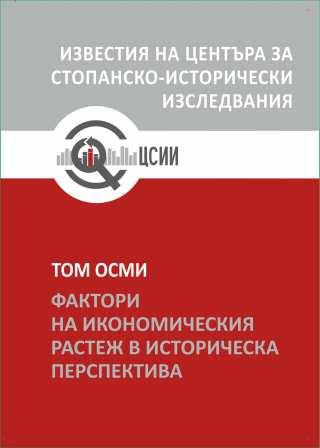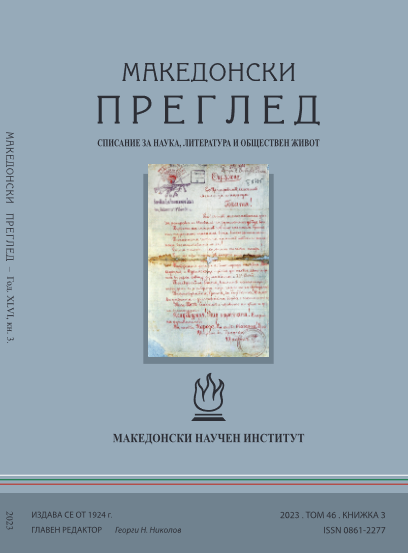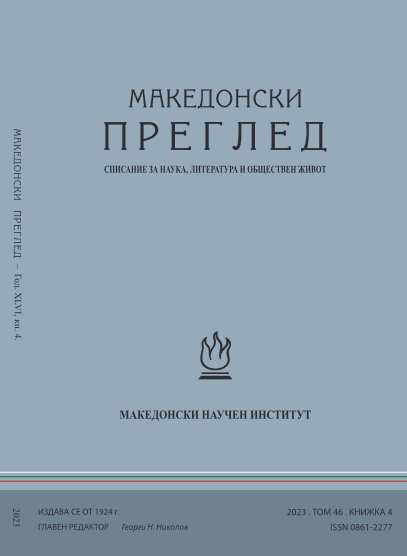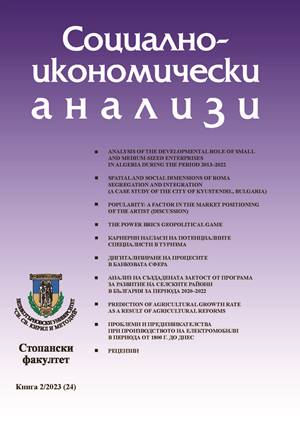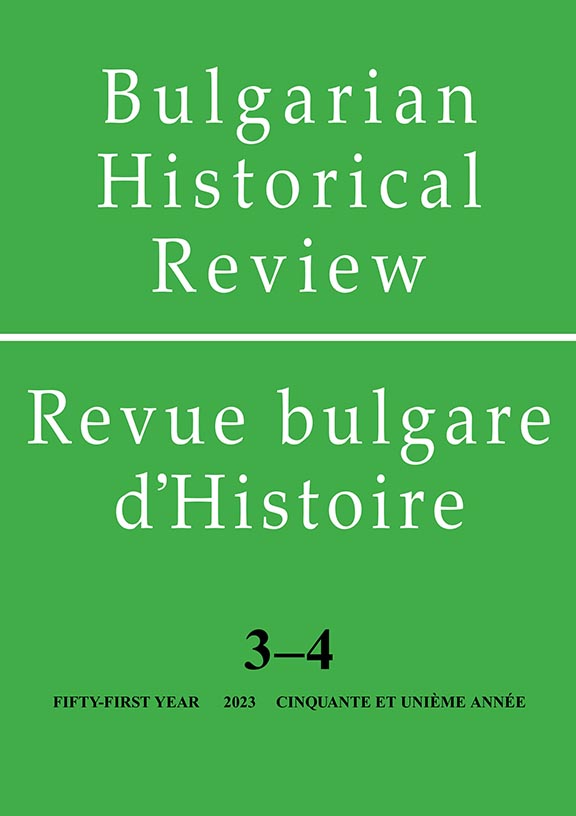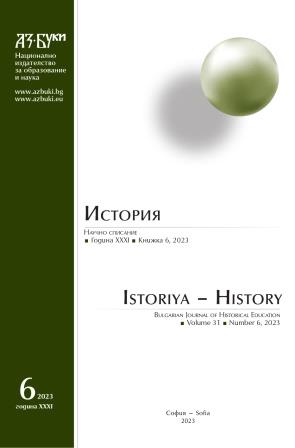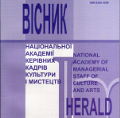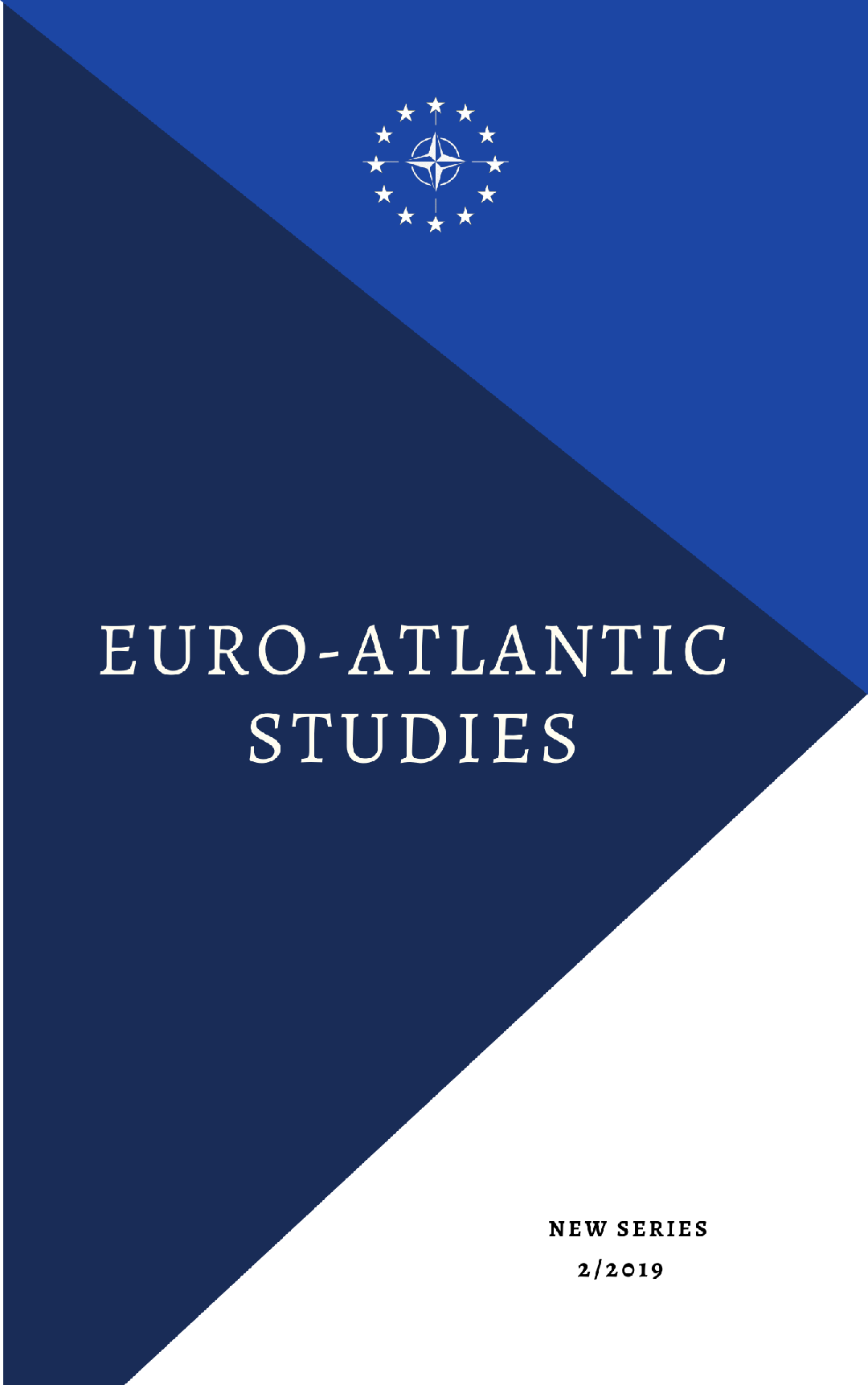
United States's new enemy. China and the conquest for world influence. A comparative study of current Chinese and US approaches to foreign assistance, investments, and trade in Africa
China’s new diplomacy has been a topic of heated discussions both within academic scholarship and political circles across the globe. Particularly controversial has been its economic development and its conquest for world influence, which created tensions with the US. The United States of America has been accusing China of borrowing and assisting foreign countries in order to gain more influence worldwide and especially over Africa. Both China and the US emphasise the centrality of economy in their domestic and external policies. Despite their common attachmentto economic development the US and China have diverged considerably in their respective promotion of economic and strategic interest abroad. This study compares current Chinese and US approaches to economic diplomacy, with an emphasis on their foreign assistance, investment and trade in Africa. To this end, the research outlines the intricacies behind US and China’s implication in Africa, and delves into the specificities of their current economic diplomacy. Moreover, it measures their efficiency in engaging with the African continent through FDI, foreign assistance and trade.
More...
